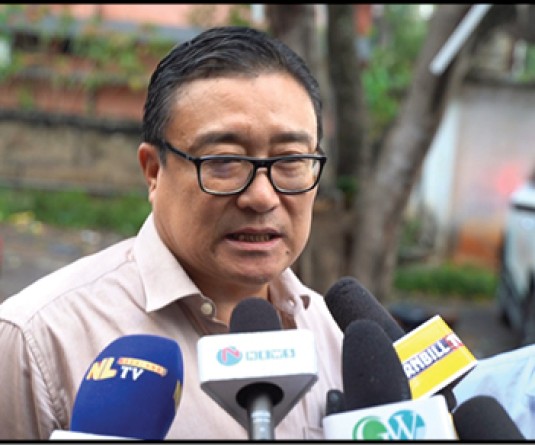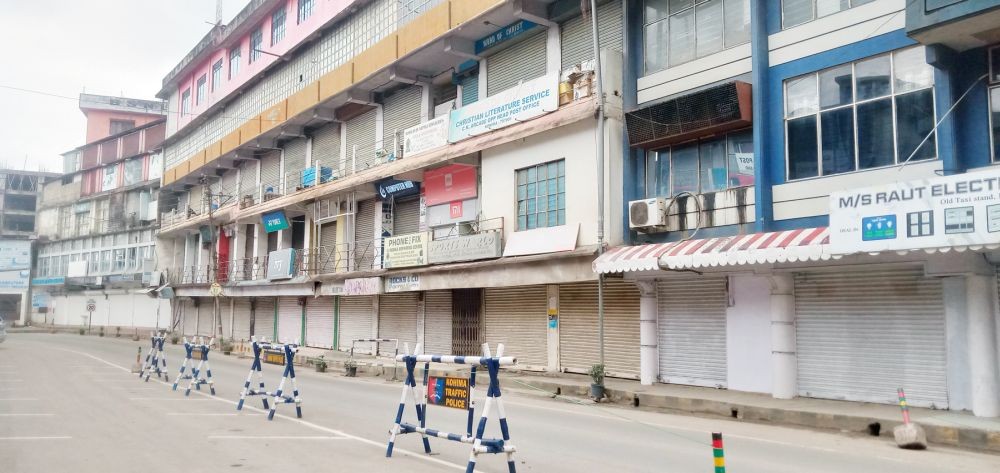
Pfokrelo Kapesa
Dimapur | May 5
May 6, 2010 may be just another date in Naga history which has been marred by countless incidents of violent oppression. However, for the populace at Mao Gate, the tragic May 6 incident left indelible scars in their lives—some of which refuse to heal.
On that fateful day, two students were killed in indiscriminate firing by security forces of Manipur. Scores were injured.
The two students—late Neli Chakho and late Dikho Loshou—were among the thousands who gathered at Mao Gate, a small town located at the Nagaland-Manipur border to protest against the Manipur State Government’s decision to prevent the entry of NSCN (IM) leader Th Muivah into Manipur.
The NSCN (IM) General Secretary was on his way to visit his ancestral village in Ukhrul district when the Manipur Government prevented his entry and deployed security forces at the border. The arbitrary decision of the government touched the core of the Naga populace as they considered this as an infringement on their rights in their own land.
The triggering point, however, was the assault on a civilian on May 5 by security forces stationed at the Manipur-Nagaland border to prevent Muivah from entering Manipur. The assault took place when the civilian was returning home from his farm, located on the Nagaland side of the border while his residence was on the Manipur side.
This fueled the already tensed situation driving thousands to come out to the streets and protest the next morning.
Yoni (name changed), a human rights activist, recounts the incident and how the security forces handled the situation. “I was in a street corner recording the turn of events when a tear gas was thrown at a group of activists at the forefront but fortunately for some reason it did not explode.”
For the local populace in and around Mao Gate, what followed was one of the darkest and longest months in their lives. The situation became increasingly tense, as terrified villagers around Mao Gate evacuated to temporary camps set up at Kisama and Khuzama.
Kanesa (name changed), a physically challenged mother still shudders to think of the incident. Bed-ridden for over fifteen years due to a medical condition, she was compelled to stay back even as scores of villagers left for the camps, to be safe.
“My husband couldn’t leave because of me. He would keep food and water near my bed and hid himself in nearby bushes below our house.” She was instructed to bang and clang the utensils in case anything happened or any one showed up in their house.
As situation worsened, she eventually had to be transported to Kisama village. This journey was another nightmare for her. “I was carried on a stretcher and at times on the back as we had to go through the fields and jungles.”
May 6 is commemorated every year in memory of the tragic day when two innocent lives were lost and several injured, and to re-affirm the stand on the Naga political issue.
Yet, even as the years go by, the wounds and trauma inflicted on the civilians were so brutal and terrifying that it continues to haunt them. Naga history is one of oppression and sacrifice. There are many more unlisted sacrifice that may not make it to the collective memory.




